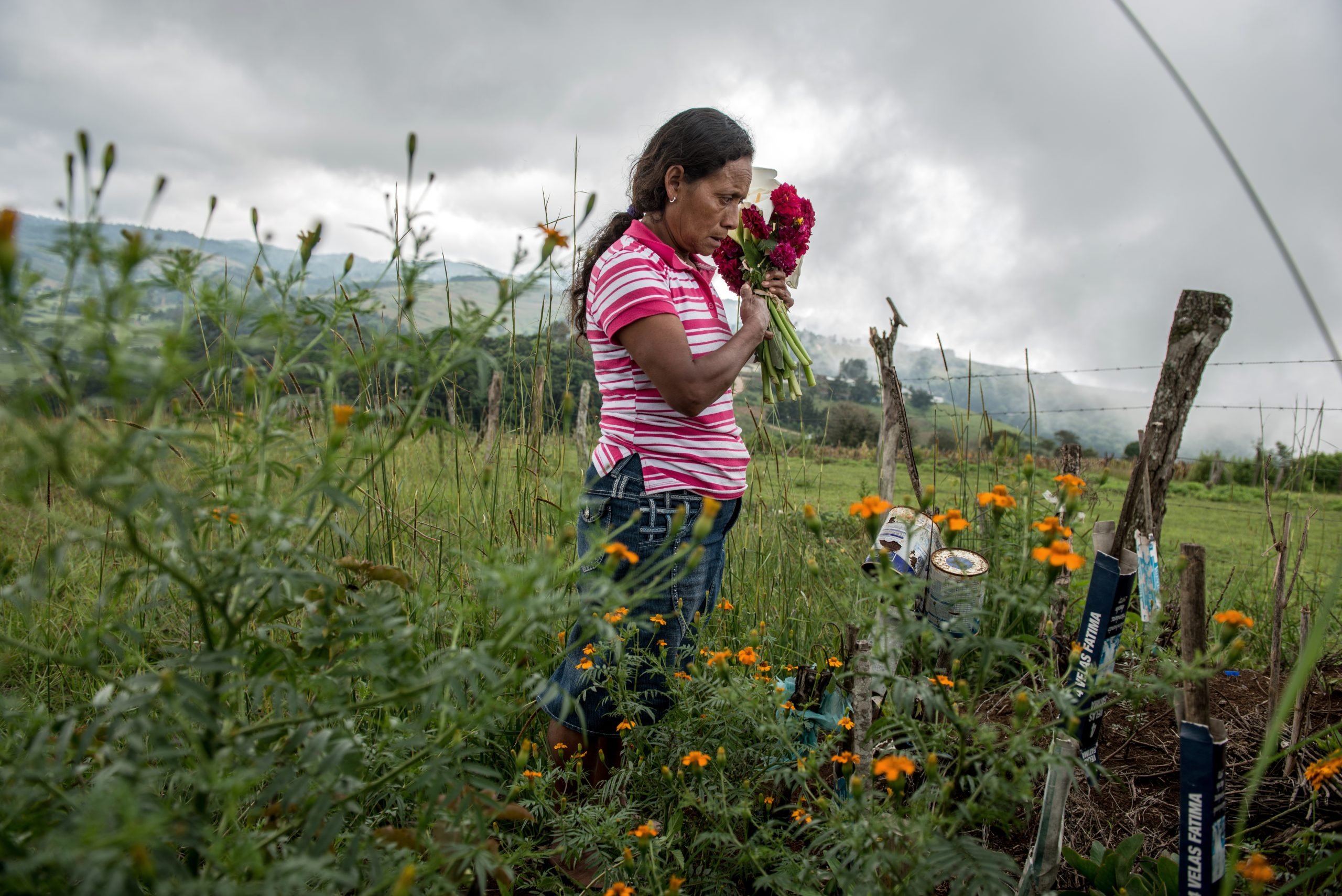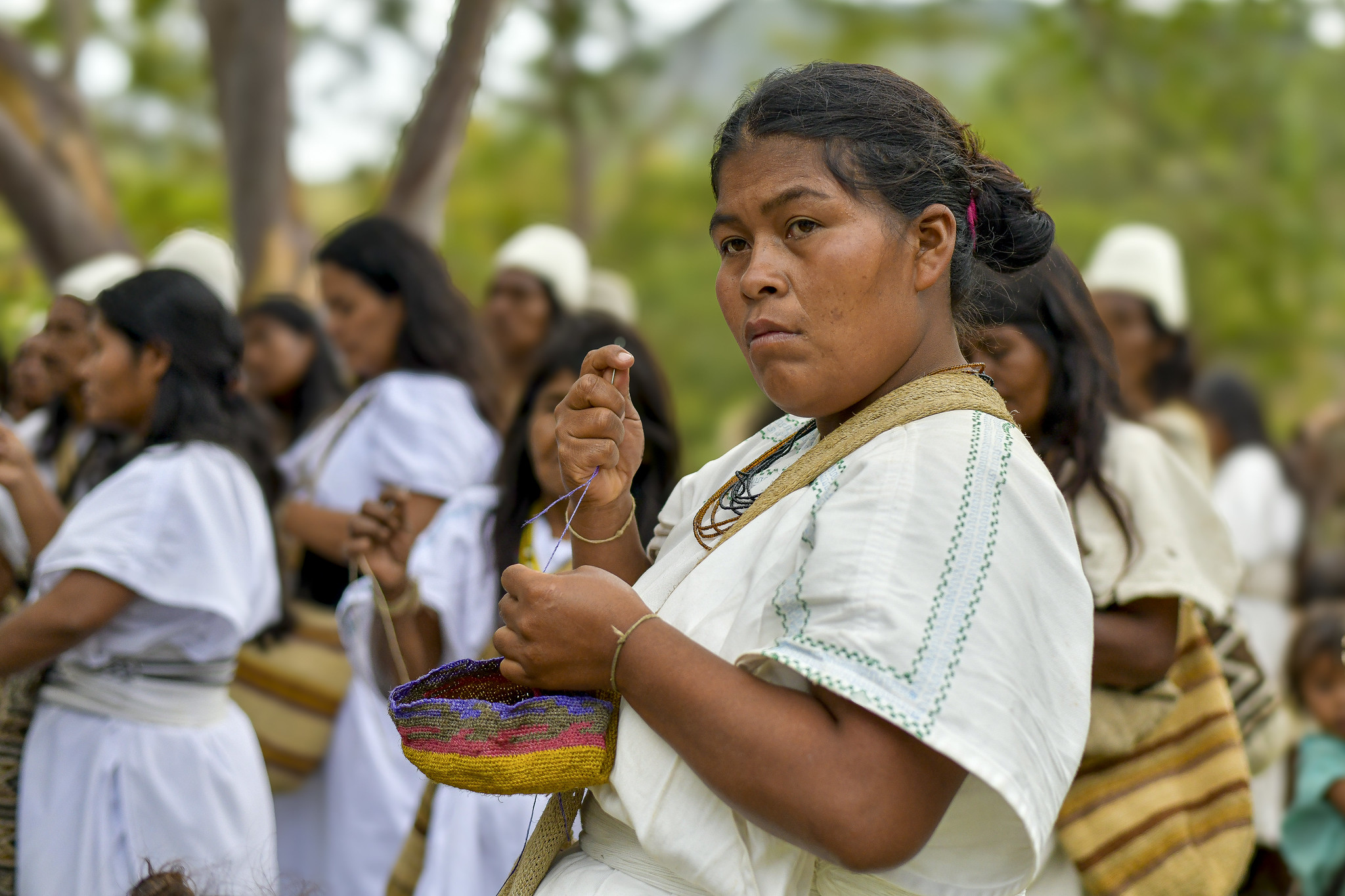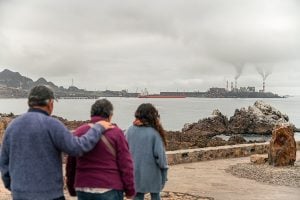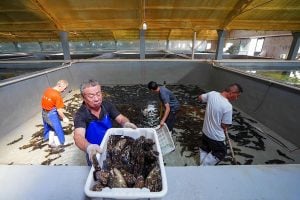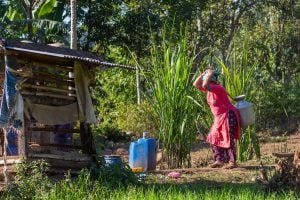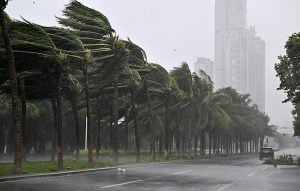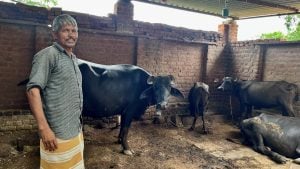At least 196 land and environmental defenders were killed last year while trying to protect the planet from extractive industries, according to a new report by UK-based human rights NGO Global Witness. Of these murders, 85% took place in Latin America, predominantly in Colombia, Mexico and Honduras, with Indigenous peoples particularly affected.
The new figures bring the total number of killings since Global Witness started its reporting on environmental defenders in 2012 to 2,106 murders globally. This is likely an underestimate of what is happening on the ground, says Laura Furones, the report’s lead author. “Data is scattered, insufficient, inaccessible and sometimes entirely lacking,” she says.
Entitled “Missing voices: The violent erasure of land and environmental defenders”, the report identifies Colombia as the world’s deadliest country for defenders, with at least 79 murders recorded in 2023. This is the highest annual total for any country ever documented by Global Witness. Colombia’s Indigenous peoples and Afro-descendant communities were disproportionately affected, accounting for almost 40% of these killings.
In August, Colombia became the latest country to ratify the Escazú Agreement, Latin America’s first regional environmental treaty, which seeks to protect defenders, grant access to environmental information, and ensure participation in decision-making that affects the environment. Including Colombia, 17 countries in the region have ratified the agreement.
“The Colombian state has failed in its constitutional duty to protect defenders. We should be ashamed of these figures,” says Astrid Torres, director of the Colombian NGO Somos Defensores. “The increase in killings is directly linked to the country’s extractivist economic model. We have hundreds of ongoing social and environmental conflicts across the country.”
Similar trends are evident in Mexico and Honduras, with 18 defenders killed in each country last year. In Mexico, over 70% of those killed were Indigenous peoples. In Brazil, the number of murders dropped from 34 in 2022 to 25. Over half were Indigenous peoples. The report highlights the broader progress on environmental protection seen under President Lula da Silva, who took office in January 2023.
“Across the region, governments create stigmatising narratives against defenders, blaming communities and families and not investigating the companies that operate in the regions where the defenders are killed or threatened,” says Alejandra Gonza, founder and director of Global Rights Advocacy, an NGO that works with defenders in Latin America.
While establishing a direct link between the murder of a defender and specific corporate interests is difficult, the report identifies mining as the industry driving the most deaths. Twenty five of the defenders killed last year had publicly opposed mining operations, 92% of them being from Latin America – a region with a high concentration of minerals critical to the energy transition.
The risks for Central America
Global Witness says defenders in Central America have faced more attacks per capita than anywhere else in the world, with nearly all of them (97%) occuring in either Honduras, Guatemala or Nicaragua. In 2023, 36 defenders were killed in the region. That means almost one in five of the killings documented globally took place in a region with less than 1% of the world’s population.
“After the pandemic, there has been a hike in large infrastructure and extractivist projects, leading to threats to defenders,” says César Artiga, a people’s representative to the Escazú Agreement from El Salvador. “However, it’s not just the private sector. In some cases, the threats come from the state, criminalising defenders and creating smear campaigns.”
The report says Central America has been subject to “unsustainable” extraction, in industries such as logging and mining. Communities are said to be forced to resist in the absence of proper consultation procedures. Events in Panama last year demonstrated this, where plans to award a mining contract were cancelled following nationwide protests that lasted a month.
According to Global Witness, expanding authoritarian regimes in Central America are granting impunity to political and economic elites that use violence to maintain control of natural resources. The region contains 5-12% of the world’s biodiversity in its patchwork of tropical ecosystems, covering a narrow strip between the Pacific and Caribbean coastlines.
“These regimes exist and work in tandem with concentrated economic elites, who have de facto power in the territories. Both benefit from exploiting natural resources,” says Bertha Zuñiga Cáceres, an activist from Honduras. Her mother Berta Cáceres, a noted activist and Indigenous leader who had led opposition to a hydropower project, was killed in 2016. “It’s heartbreaking not to find justice for environmental defenders in the region.”
The challenges ahead
The “Missing voices” report calls on governments to create a safe environment for environmental defenders. It says they should be able to freely exercise their roles without fearing for their lives. The authors urge governments to enforce existing laws and mechanisms, such as the Escazú Agreement and the Aarhus Convention.
At April’s annual Escazú Agreement summit in Chile, countries approved a plan to protect environmental defenders. It is yet to be implemented. At the same time, a group of countries including Costa Rica, the Dominican Republic and Peru continue to resist ratifying the Escazú Agreement, with its governments generally putting forward arguments that the treaty is anti-development.
“Even with those who signed it, there’s not a sense of urgency regarding Escazú,” says Artiga. “They are not moving as fast as they should with implementing the actions contemplated in the agreement.”
The report also asks governments to systematically identify, document and analyse attacks against environmental defenders, with the aim of developing better enforcement measures. It says data gathering should be transparent and participatory, as in many cases it is the defenders themselves who have the most detailed information.
“Missing voices” says businesses should implement procedures to identify and mitigate harm against defenders throughout their operations, such as due diligence checks for their supply chains. It also urges zero tolerance for attacks and reprisals against defenders, and standards that their suppliers must also follow.
“As the climate crisis accelerates, those who use their voice to courageously defend our planet are met with violence, intimidation and murder. This is simply unacceptable,” says Furones. “Governments cannot stand idly by; they must take decisive action to protect defenders and to address the underlying drivers of violence.”
